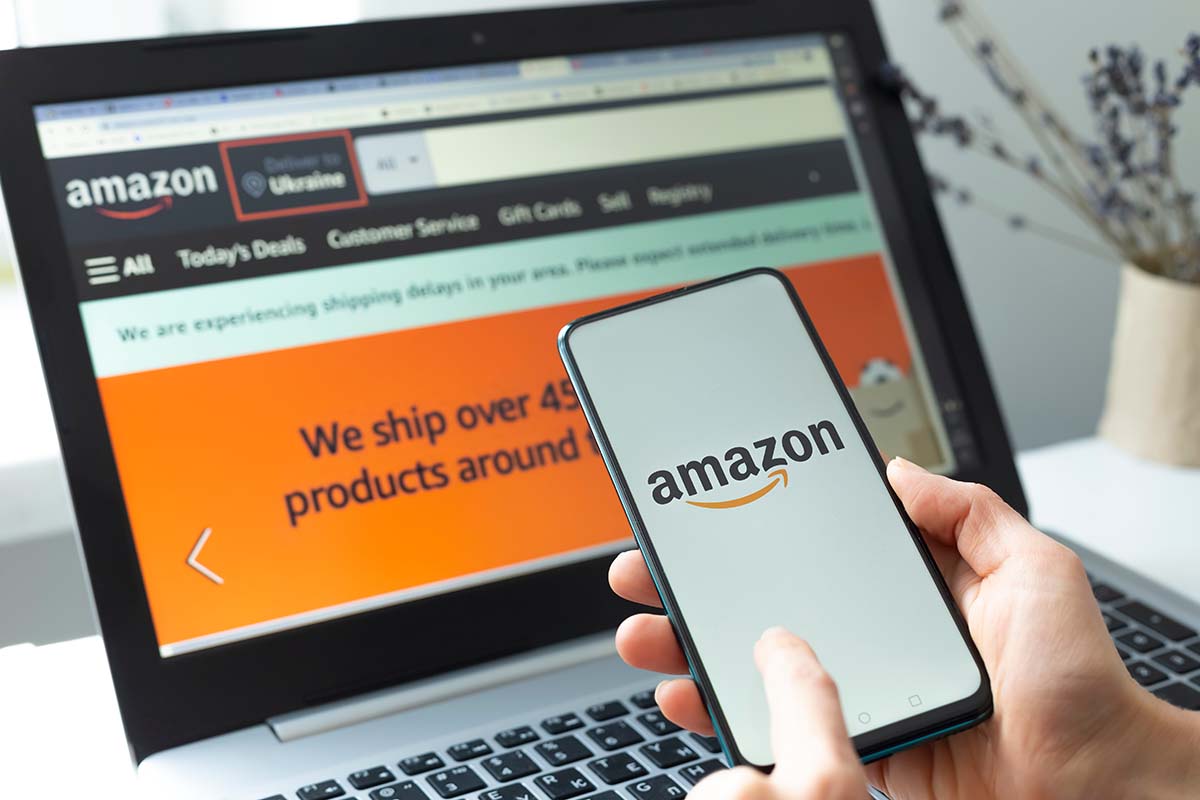Naturally, social media is important for a business’ marketing. However, as a tool for social reach and creating connections, social media has also become a central platform for recruiting and hiring new employees. We explain why you should post jobs, where to post, and what the best practices are so you can master the art of recruiting through social media.
Why Hire Through Social Media
Hiring through social media has become standard practice for most industries. More than three fourths of people search for new jobs on social media, and 73% of people between the ages of 18 and 34 found their current position through social media. 91% of employers report using social media for recruiting, and 56% have found that social media offers the best applicants. Those statistics quickly indicate that you should be hiring through social media, but they also deserve some unpacking to truly demonstrate the importance of recruiting through social media.
Applicants with Real Connections and Enthusiasm
You should still post to online job boards and listing platforms such as Indeed or Monster along with having a dedicated “Careers” page on your own website. Those spaces help cast a wider net and provide the full details of a position (e.g. requirements, expectations, and responsibilities) and your company. Where social media excels, however, is reaching potential recruits who are sincerely interested and already familiar with your company.
Those seeing your job listing on social media are already in some way connected to your business and brand. They might follow you, be part of your industry, or you might appear in their suggestions. In all these instances, they have a clear connection and social attachment. As a result, social media can provide you with a pool of applicants that have a sincere enthusiasm for and familiarity with your company. They are not just someone who stumbled upon your listing among a dozen others. That connection implies they are already personally invested in your business, and that is a valuable trait for a future employee who also meets a position’s professional requirements. That real connection and authentic interest are why companies are seeing such success with social media recruiting.
Where to Recruit on Social Media
Since recruiting on social media is so essential and beneficial, you’re also probably wondering which platforms to use for recruitment. Whether it’s Facebook, Instagram, or TikTok, you should pick the platforms where you have the most significant following. For example, one business may have a substantial following on Instagram, while another has theirs on TikTok. Each business should focus its social media recruitment on those respective platforms.
You should similarly consider the different demographics for each platform. For example, the age of TikTok and Instagram users skew younger than other platforms. If you are hiring for an entry-level position, you will likely receive more responses and applications from that younger audience. Conversely, Facebook has a much wider demographic of users. While recruiting there is less targeted, it’s better for casting a wider net.
LinkedIn deserves special mention since it is in its own niche as a professional social media platform. It’s always best to post any recruitment there since LinkedIn allows you to specifically create recruiting listings through which people can directly apply. It is also the only social media platform focused on professional relationships and career development, so anyone closely following your company on LinkedIn is inherently interested in career opportunities from your company. As the primary professional social platform, it is also an exceptional place for your business to build a professional presence and network for future hirings.
Social Media Recruiting Best Practices
When you start recruiting through social media, here are some of the best practices to remember:
- Post on multiple social media platforms to get the most reach.
- The visual component of any content should make it immediately clear it is a job posting. Bold letters that say “We’re Hiring” are a simple but effective tactic.
- Excluding your full posting on LinkedIn, don’t provide the full details about the position in your post. You won’t have room. Instead, include the main details that will entice someone to look at the full position’s listing.
- Be specific. Job seekers want precise information, so don’t be vague about the position’s key details.
- If they’re interested, potential applicants will want to access the full posting. Be sure to include a direct link to the listing and application window.
- Use Instagram stories. Since Instagram posts cannot have a link, be sure to use stories to include those links. The post itself should provide clear directions on where applicants can apply, such as providing the link in the bio.
- Stories and other live posts are also great for providing updates. This reinspires (and reminds) those potential applicants who need to put their applications together.
Social Media Recruiting, A Valuable Resource
Social media may have changed the logistics of recruiting, but it has also provided an immensely valuable tool for finding sincere and enthusiastic applicants. You should now understand the benefits and best practices for recruiting through social media. If you need help creating graphics or writing posts, our social media marketing team are masters of enticing hiring. You should also contact them to determine which platforms will provide the best applicants for your business and help you build your presence on LinkedIn.



